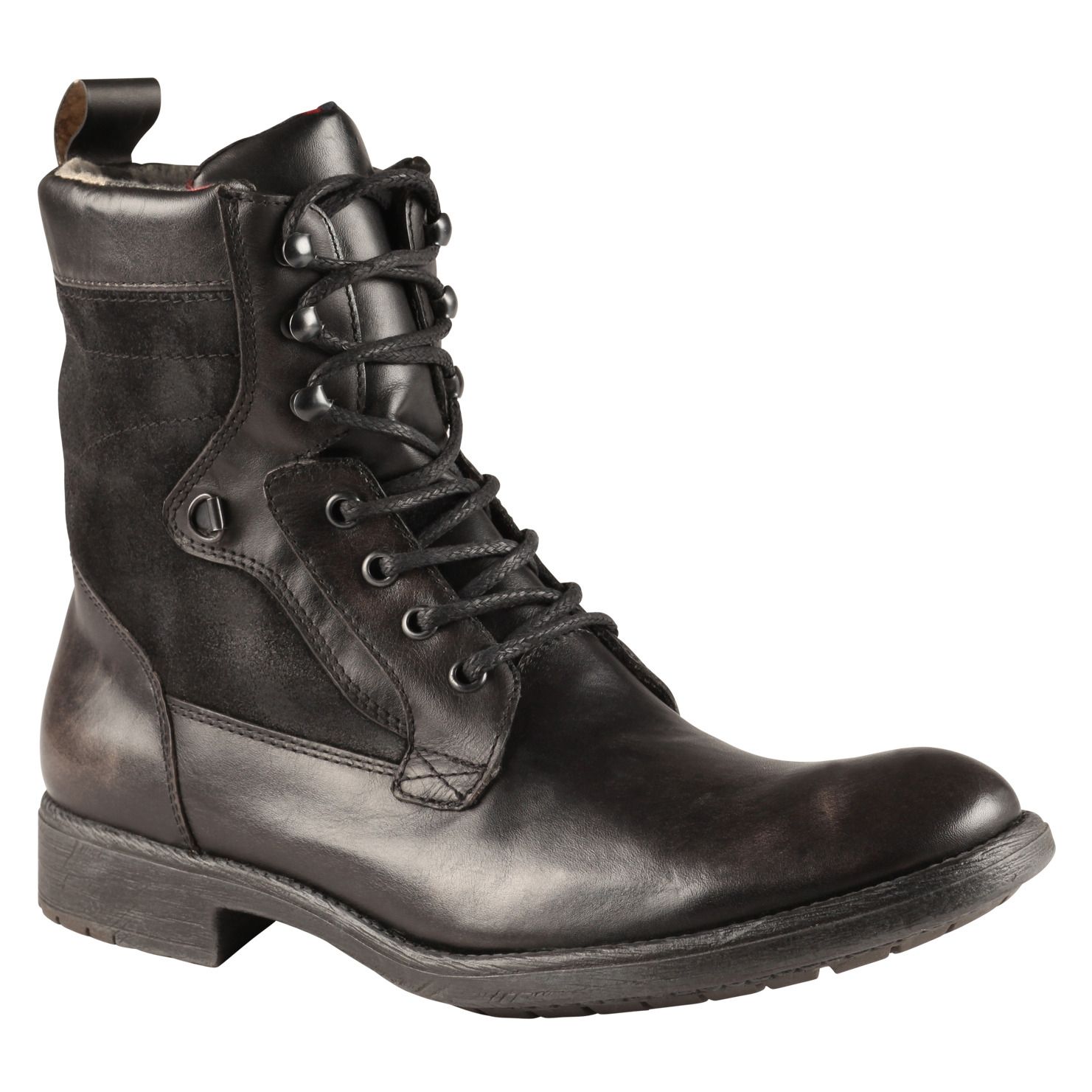5 Tips Lightweight Hiking Boots

When it comes to hiking, having the right gear can make all the difference between a enjoyable, memorable experience and a frustrating, potentially dangerous one. Among the most critical pieces of equipment for hikers are their boots. Lightweight hiking boots have become increasingly popular due to their ability to provide the necessary support and protection without the bulk and weight of traditional hiking boots. However, selecting the right pair can be challenging, given the numerous options available in the market. Here are five tips to help you choose the perfect lightweight hiking boots for your needs:
1. Consider the Terrain and Distance
Before making a purchase, it’s essential to consider where and how far you plan to hike. Different terrains require different types of boots. For instance, if you’re planning to hike on well-marked trails, boots with good grip and moderate ankle support might suffice. However, for more rugged terrains or off-trail hiking, you might need boots with more aggressive tread patterns and higher ankle collars for increased support and protection. The distance of your hike also plays a role; longer hikes might require boots that are not only lightweight but also offer superior comfort to prevent blisters and fatigue.
2. Look for Waterproofing and Breathability
Waterproofing is a crucial feature for hiking boots, as it keeps your feet dry in wet conditions. However, it’s equally important to ensure that the boots are breathable. Boots that are both waterproof and breathable, such as those featuring Gore-Tex or similar technology, will help prevent the buildup of moisture inside the boot, reducing the risk of blisters and keeping your feet comfortable throughout your hike.
3. Assess the Quality of Construction
The durability and performance of your hiking boots depend significantly on their construction quality. Look for boots made from high-quality materials that are known for their durability and resistance to wear and tear. Pay attention to the seams, the quality of the sole, and how well the different parts of the boot are integrated. A well-constructed boot will not only last longer but also provide consistent performance over time.
4. Try Them On Correctly
Trying on hiking boots is not as simple as slipping on a pair of sneakers. It’s recommended to try them on in the afternoon, as feet tend to swell throughout the day. Wear the same type of socks you plan to wear during your hikes. Ensure there’s enough room in the toe box for your toes to wiggle and that the heel fits snugly without slipping. It’s also a good idea to walk around the store to get a feel for how they perform. Remember, the perfect fit is crucial for both comfort and performance.
5. Check the Weight and Flexibility
One of the primary reasons for opting for lightweight hiking boots is to reduce fatigue and enhance mobility. Look for boots that strike a good balance between weight and support. Flexibility is also important; boots that are too stiff can be uncomfortable and may not adapt well to varying terrains. On the other hand, boots that are too flexible might not provide enough support. The ideal boot should flex with your foot as you walk, providing both comfort and stability.
What is the primary benefit of using lightweight hiking boots?
+The primary benefit of using lightweight hiking boots is that they reduce the weight on your feet, which can significantly decrease fatigue and increase mobility during hikes. This allows for longer, more enjoyable hiking experiences without the burden of heavy footwear.
How do I ensure my hiking boots are both waterproof and breathable?
+Look for hiking boots that feature membranes like Gore-Tex, eVent, or similar technologies. These materials are designed to be both waterproof, keeping external water out, and breathable, allowing moisture from inside the boot (like sweat) to escape. This balance keeps your feet dry and comfortable.
What should I consider when trying on hiking boots for the first time?
+When trying on hiking boots, consider the time of day (afternoon is best due to foot swelling), wear the same type of socks you plan to hike in, and ensure there's enough room in the toe box and a snug fit in the heel. It's also beneficial to walk around to get a feel for the boots' performance.
In conclusion, selecting the right pair of lightweight hiking boots involves careful consideration of several factors, including the intended terrain, the need for waterproofing and breathability, the quality of construction, the fit, and the balance between weight and support. By taking the time to assess these aspects and try on boots correctly, you can find a pair that meets your hiking needs, ensuring a safer, more enjoyable hiking experience. Remember, the right footwear can be the difference between a good hike and a great one.



